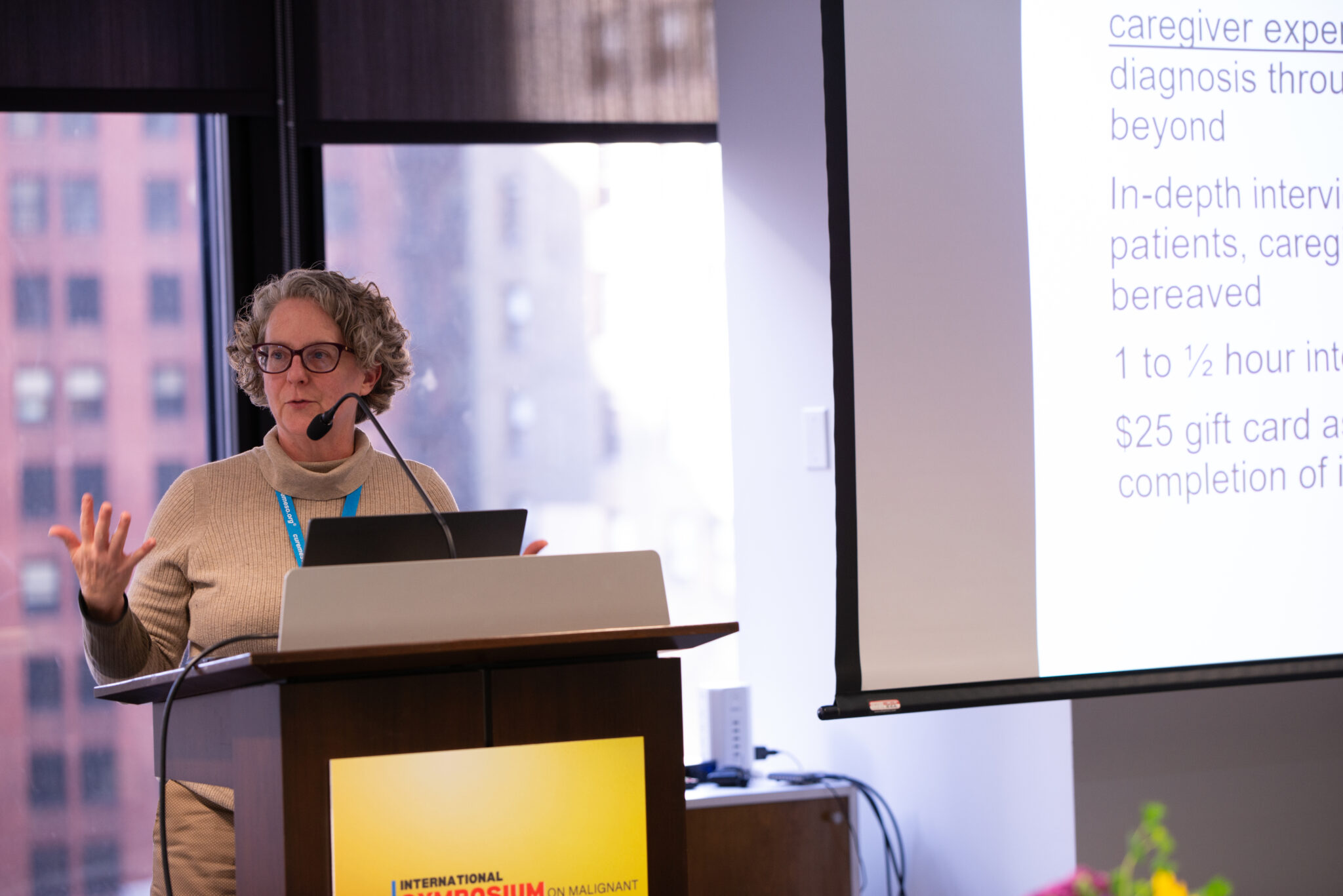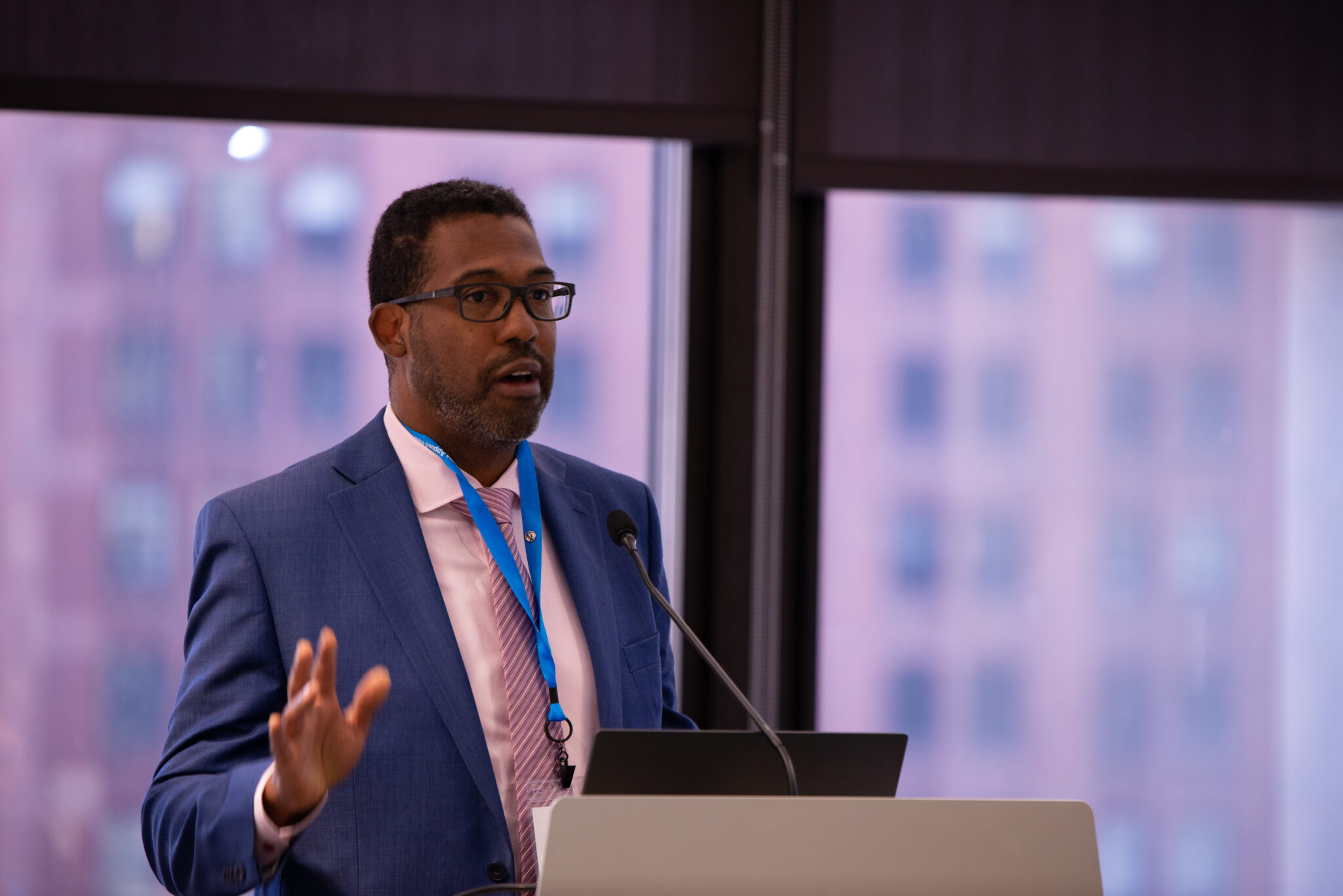On this September 11th, many will mourn, in public or privately, the loss of more than 2,500 lives in New York on 9/11/01. The Mesothelioma Applied Research Foundation acknowledges that few may be aware, however, that those who were lucky enough to survive the events of those day, as well as the first responders and bystanders, could still be in danger. Certainly we have all heard of the incidence of disease—ranging from depression to emphysema to cancer—among those who worked at Ground Zero in the days and months after 9/11. But very little has been written about mesothelioma, an almost-always fatal cancer that is caused by exposure to asbestos.
The World Trade Center officially opened in 1973, but some 400 tons of asbestos had already been installed for fireproofing and insulation and were lining the walls of the lower floors of the Twin Towers when the Environmental Protection Agency (EPA) declared it a “hazardous pollutant” in 1971. Virtually all of that asbestos is believed to have been released into the air when the towers collapsed 28 years later, to be inhaled by thousands— fleeing survivors, firefighters and other first responders, as well as by those who watched in horror from the streets below and then escaped the disaster site through the dense clouds of pollutants emanating from Ground Zero, not to mention the uncounted numbers upwind who may have unknowingly breathed asbestos fibers in the hours and days following the Towers’ collapse.
Tiny asbestos fibers, once inhaled, embed themselves in the soft tissue of the lungs. As many as 110,000 individuals are estimated to have suffered exposure to airborne asbestos on 9/11 and over the weeks and months that followed. Among the various serious conditions caused by asbestos inhalation, mesothelioma is the most deadly. Its symptoms (weight loss, persistent cough and respiratory infections, shortness of breath, digestive and bowel problems, pain in the chest and/or abdomen), as tumor mass grows on the lining of the lung, abdomen or heart, and invades vital organs, including the heart, liver, and/or intestines, may not be felt for 20 – 50 years after exposure.
Being a rare and under-reported illness (an estimated 3,500 cases or fewer recorded in the US each year), funding for the search for a cure has been hard to come by. Funding sources have been few, and for the past decade the Mesothelioma Applied Research Foundation has been the only source of peer-reviewed research funding and provider of patient support services. Nonetheless mesothelioma research funding, per death, has been extremely low, and even as recently as 2007, the NCI reported that mesothelioma receives as little as 9 times less funding than other cancers. As a result, only one treatment protocol, the combination of the chemotherapy drugs Pemetrexed and Cisplatin which offers a mean survival rate of approximately one year, is available to patients.





